Tata Motors Avinya concept EV unveiled
- By MT Bureau
- April 29, 2022

Tata Passenger Electric Mobility (TPEM), has unveiled the Avinya concept, the company’s vision of a electric vehicle, based on GEN 3 architecture.
Tata Passenger Electric Mobility (TPEM), has unveiled the Avinya concept, the company’s vision of a electric vehicle, based on GEN 3 architecture.
Tata Passenger Electric Mobility (TPEM), has unveiled the Avinya concept, the company’s vision of a electric vehicle, based on GEN 3 architecture.
Tata Passenger Electric Mobility (TPEM), has unveiled the Avinya concept, the company’s vision of a electric vehicle, based on GEN 3 architecture. Tata Passenger Electric Mobility (TPEM), has unveiled the Avinya concept, the company’s vision of a electric vehicle, based on GEN 3 architecture.
Derived from the Sanskrit language, the name Avinya stands for ‘Innovation’. The concept introduces a new a typology of mobility that liberates enormous roominess and comfort, not restricted by traditional segmentation, the company said in a statement. It comes packed with new age technology, software and Artificial Intelligence that work in the background to deliver wellness and tranquillity during transit, it said. The company said the concept will be fairly accessible to a majority of customers of fast growing, high volume segments of today. The EV will be introduced to the market by 2025.
N Chandrasekaran, Chairman, Tata Sons and Tata Motors said, “While making the Avinya Concept a reality, the central idea was to offer a mobility solution like no other – a state of the art software on wheels that is well designed, sustainable and reduces the planet’s carbon footprint. Green Mobility is at the nucleus of TPEM, and the Avinya Concept is the perfect reflection of what the company stands for – a creation that will not only accelerate the adoption of EVs but also lead this movement. Furthermore, at the Tata group, we are uniquely positioned to bring all the expertise that is necessary to build these mobility solutions and we are confident that in years to come we will make a larger and sustainable impact not only in India but globally as well.”
Shailesh Chandra, Managing Director, Tata Motors Passenger Vehicles Ltd., and Tata Passenger Electric Mobility Ltd. said, “It is indeed a matter of pride for us at TPEM to present the Avinya Concept to the world, a vision pivotal in signalling a ‘New Paradigm’. Holding on to its values of Simplicity, Timelessness, Effortlessness and Grace, the Avinya is not only a concept but is our new identity, an identity which is here to challenge the status quo. It gives me an intense sense of optimism to present a new typology of vehicles that will introduce the automobile industry to options beyond mobility – a tranquil space which will offer you a complete sensory experience while on the move. At its heart, the Avinya Concept has ‘IN’, which demonstrates our Indian roots and highlights how we pride ourselves in discovering new ways to move and power vehicles. The Avinya Concept is the fruition of our first idea built on our Pure EV GEN 3 architecture, enabling us to produce a range of globally competitive EVs. Our vision for pure EVs is focused on delivering wellness and rejuvenation while traveling, backed by cutting-edge technologies, aimed at improving the overall quality of life.”
Originally inspired by a catamaran, the Avinya Concept is an uncompromising vision for electric mobility. With a new silhouette, this concept is a mixology of the best of the worlds – it a product which combines the essence of a premium hatch to the luxuries and versatility of an SUV and the roominess and functionality of an MPV. A significant highlight on the front and the rear of the vehicle is the new identity. This new identity as a part of the DRL is a subtle nod to our commitment to enhance the quality of life and is a pivotal step in the evolution of EVs. Gliding to the sides, one is met by the ‘Butterfly’ doors, which welcome you with open arms to a class leading spacious interior which is sure to make its inmates feel calm, the release said.
The concept focuses on a human centric design and promises a sensory journey of its own. From the skydome that enhances the overall sense of space and natural light to the functional console inspired steering wheel, to the voice activated systems for a deeper interface for all its passengers, to the sustainable materials being used, that communicate the ethos of the product and finally the finishing touch of the aroma diffuser.
Furthermore, envisaging a future trend, this concept is designed to believe that lesser screen time is the way to go. Taking this into consideration the concept has been made screen-less, to bar any distractions inside the car and create a stress free environment for the mind and soul.
The company said the concept stands for empathetic mobility, a machine that is engineered to be smart, spacious, sustainable yet techy. The agile and robust Pure EV GEN 3 Architecture offers this concept with a flexible design while boasting of next generation connectivity, advanced driver assistance systems and enhanced performance and efficiency.
This architecture is built with the use of next-gen materials, efficient electronic componentry and proprietary energy management strategies and algorithms for efficiency management. Use of light-weight materials, and optimised structure for an EV only powertrain with enabled appropriate stiffness, helps minimize the overall mass, leading to good weight management. Furthermore, the battery used will support an ultra-fast charge capability, in line with the infrastructure evolution, pumping a minimum 500 kms range in under 30 minutes. The overall philosophy for enhanced range would be ‘Minimize- Maximize – Optimize’. (MT)
Trinseo Launches Fourth-Generation Binder For The Next Wave Of EV Batteries
- By MT Bureau
- December 03, 2025

Trinseo has introduced its latest innovation, the Fourth-Generation SBR Binder Platform, designed to meet the evolving demands of electric vehicles and battery energy storage systems. This development reflects the company's strategic focus on delivering high-performance materials essential for the global shift towards sustainable energy.
The platform results from advanced polymer science and collaboration with battery manufacturers, targeting key industry requirements such as increased energy density, superior durability and more efficient production. It provides a significant improvement in peel strength, enabling stronger electrode bonds, thicker coatings and higher manufacturing speeds. These attributes are vital for developing higher-capacity batteries that can extend driving range and improve storage solutions.
The inaugural product, VOLTABOND 109 Latex Binder, offers this next-generation performance with broad compatibility across various anode materials and manufacturing processes. Its design ensures excellent stability and low resistance, supporting faster charging and long-term reliability. To ensure robust supply, Trinseo will produce the platform locally within major global regions, enhancing responsiveness to battery production hubs.
Rooted in decades of expertise, this new platform establishes a foundation for future innovations tailored to diverse customer needs across the battery value chain.
CATL And Stellantis Begin Work On EUR 4.1 Billion Spanish Battery Plant
- By MT Bureau
- November 28, 2025
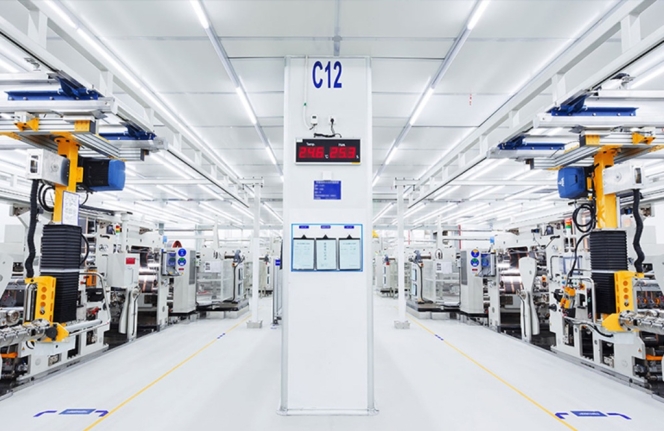
CATL and Stellantis broke ground on a EUR 4.1 billion battery plant in Figueruelas, Spain, on 26 November. The 50:50 joint venture will produce lithium-iron-phosphate battery cells and targets an annual production capacity of 50 GW/h.
The project, which is Spain’s largest battery factory, is backed by over EUR 300 million in EU funds, with production expected to start in late 2026.
According to unions, around 2,000 Chinese workers will help construct the site, a point of contention with local authorities and residents. Also, 3,000 Spanish staff are to be hired and trained later.
Spanish authorities and residents have voiced concerns about job opportunities for local workers and potential strain from the influx of foreign employees. CATL Vice President Meng Xiangfeng said earlier in November the company needed experienced technicians to build and fine-tune production lines, with plans to train local workers to take over operations gradually.
David Romeral, Director General of CAAR Aragon, a network of automotive businesses in the region, said: “We don’t know this technology, these components – we’ve never made them before. They’re years ahead of us. All we can do is watch and learn.”
The regional government is organising work permits for arriving workers while seeking to attract battery supply chain companies to Aragon. Some Chinese technicians and managers have already arrived, with several hundred more expected by year-end and nearly 2,000 by the end of next year.
CATL’s approach contrasts with its Hungarian site in Debrecen, where it hired mostly locals to build its European plant. However, a lack of local workers caused production to be delayed from late 2025 into mid-2026. The Figueruelas facility will serve as CATL’s third European manufacturing operation, alongside the Hungarian plant and one in Germany.
- Neuron Energy
- Equanimity Ventures
- Rajiv Dadlani Group
- Thackersay Family Office
- Chona Family Office
- Pratik Kamdar
- Rajesh Sehgal
- Rajiv Dadlani
Neuron Energy Secures INR 310 Million To Expand EV Battery Manufacturing For Four-Wheelers & Buses
- By MT Bureau
- November 27, 2025
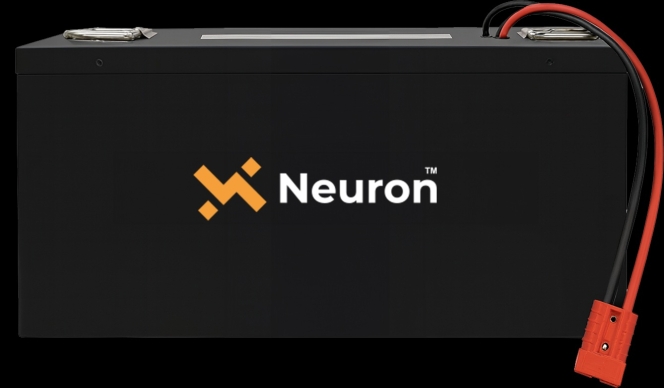
Neuron Energy, an EV battery manufacturer, has raised INR 310 million in a Pre-Series B funding round led by Equanimity Ventures, Rajiv Dadlani Group, Thackersay Family Office and Chona Family Office, with participation from Family Offices and HNI investors. With this, Neuron Energy has raised INR 810 million to date.
The funding will be used to expand Neuron Energy’s manufacturing capacity to 3 GWh and to establish a fully automated, large-scale battery facility for electric four-wheelers and buses at Chakan, Pune. The capital will also strengthen the company’s R&D capabilities, accelerate domestic growth, and broaden its footprint in international markets.
Pratik Kamdar, CEO and Co-Founder, Neuron Energy, said, “This Pre-Series B round is a defining step in our mission to industrialise world-class battery manufacturing in India. As EV adoption accelerates, we are focused on building capacity, embedding automation, and pushing the boundaries of performance and reliability. This investment ensures we can deliver at scale, both in India and globally.”
The company said it operates with a low-CapEx and low-OpEx business model. It has been growing profitably year-on-year and is on track to achieve INR 2 billion in revenue this year. The company is also confident of achieving sales of over INR 9 billion, with profitability, over the next few years.
Rajesh Sehgal of Equanimity Ventures, added, "We see immense potential in Neuron Energy’s approach to EV battery innovation and scalability. Their focus on quality, automation, and energy efficiency aligns with the evolving demands of the EV industry in India and beyond. We are proud to support their next phase of growth as they scale into new vehicle categories and manufacturing capacities."
The new facility reinforces the company’s position in two-wheeler EV batteries and signals a strategic entry into heavier vehicle segments. This supports Neuron’s vision to become a comprehensive EV battery solutions provider.
Rajiv Dadlani, from the Family Office of the Rajiv Dadlani Group, said, "Neuron Energy demonstrates remarkable potential to become the market leader, with their renewed focus, in delivering top-quality products. The company and its founders are highly committed to delivering rigorously tested and safe-to-use Li-Ion smart batteries. We are confident that they will continue to thrive and set new standards in the industry."
Mahindra Intros XEV 9S Electric 7-Seater SUV At INR 1.99 Million, Deliveries From 23 January
- By MT Bureau
- November 27, 2025
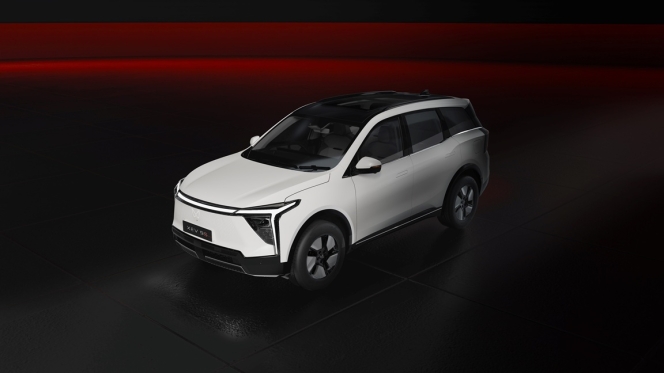
Mahindra has launched the XEV 9S, an electric 7-seater SUV built on the INGLO platform, with prices starting at INR 1.99 million (ex-showroom). The XEV 9S is powered by MAIA, described as India’s fastest automotive mind.
The EV comes with a 70 kWh battery, delivering a power of 180 kW and 380 Nm of torque. It offers a claimed real-world range of 500 km from its LFP battery, which comes with a Lifetime Warranty. The SUV is stated to be the fastest 7-seater in its class, reaching zero to 100 kmph in 7.0 seconds, with a 202 kmph top speed.
The fully-loaded Pack Three Above 79 kWh variant is priced at INR 2.94 million ex-showroom with bookings open on 14 January 2026 and deliveries starting on 23 January 2026.
R Velusamy, President - Automotive Business, Mahindra & Mahindra and Managing Director, Mahindra Electric Automobile, said, “We have always believed that technology is meaningful only when it expands human possibility. The XEV 9S built on the INGLO electric origin platform does exactly that by creatin space – more than anyone else and gives a smooth and noise free ride. THE MAIA brain enables many of its high-tech features, making it the most advanced offering for its price.”
Nalinikanth Gollagunta, Chief Executive Officer - Automotive Division, Mahindra & Mahindra and Executive Director, Mahindra Electric Automobile, said, “The future of Indian mobility will belong to brands that don’t just electrify vehicles, but reimagine categories. With the XEV 9S, we’re not just playing in the EV segment, we’re expanding it. This SUV signals the start of a BIG new electric era for Mahindra - one built on scale, on purpose, and on a deep understanding of how India moves. The attractive prices starting at ₹ 19.95 Lakh make a very high-tech product accessible, with bookings opening on Jan 14 and deliveries start on Jan 23.”
The XEV 9S is an expression of Mahindra’s Heartcore Design philosophy, featuring a stance, lines, a gloss finish and interiors. The vehicle is designed to be silent on wheels.
Key highlights include:
- Space: Offers 4,076-litre of cabin space (for front and second row), boot space up to 527-litre and 150-litre of Frunk space. The third-row features 50:50 split seats.
- Suspension: Features Intelligent Adaptive dampers with i-Link at the front and 5-Link independent suspension at the rear.
- Driver Aids: Includes L2+ ADAS with five Radars and one Vision Camera, Driver Drowsiness Detection with DOMS (Eyedentity) and Secure360 Pro for live view and recording.
- Interior Comfort: Features Powered Boss Mode, ventilated second row seats, recline and sliding adjustment, sunshade for second row windows, Acoustic ‘Laminated’ Glass and wireless phone charging.
- Technology: Equipped with Brake by Wire with IEB, High Power Steering with VGR, VisionX – AR HUD, AutoPark Assist, and 140 features including Digital Key, NFC and Charge Scheduler.
- Entertainment: Includes a 16-Speaker Harman Kardon Audio system with Dolby Atmos, three 31.24 cm screens, 5G Connectivity and Fun & Work Apps.
- Efficiency: Running costs are INR 1.2 per km, with maintenance costs of INR 40 paise per kilometre and negligible road tax. Business owners benefit from 40 percent depreciation.
Pratap Bose, Chief Design & Creative Officer - Auto & Farm Sectors, Mahindra & Mahindra, said, “Designing the XEV 9S wasn’t about adding lines to a surface, it was about shaping a feeling. We wanted it to feel like stepping into a personal sanctuary, yet one that carries the pulse of modern India. Electric gave us the canvas; INGLO gave us the freedom to sculpt light, space and comfort. The result is an SUV that wears its size with grace and its technology with humility. It’s expressive, it’s calm, and it’s unmistakably Mahindra - built for a nation whose aspirations are only getting bigger.”


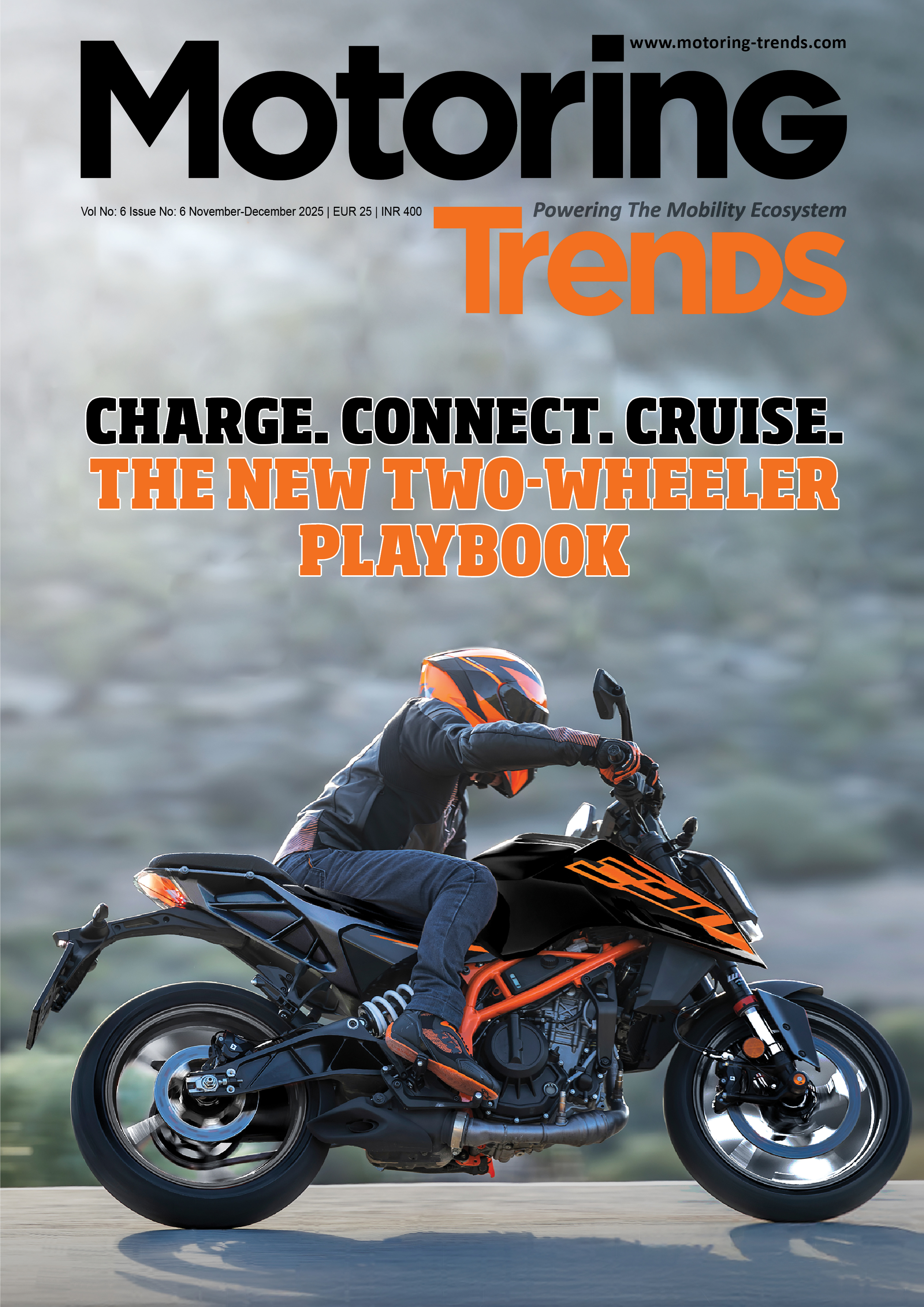

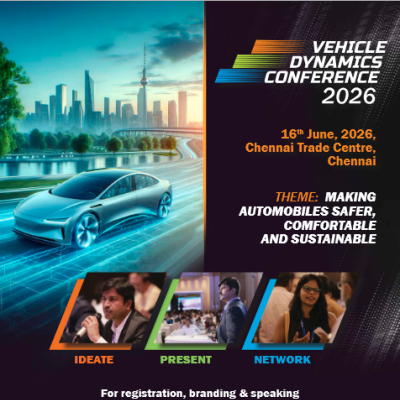
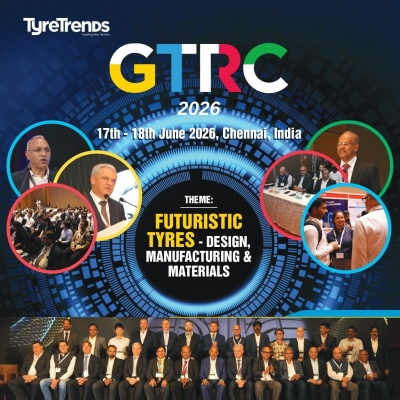
Comments (0)
ADD COMMENT